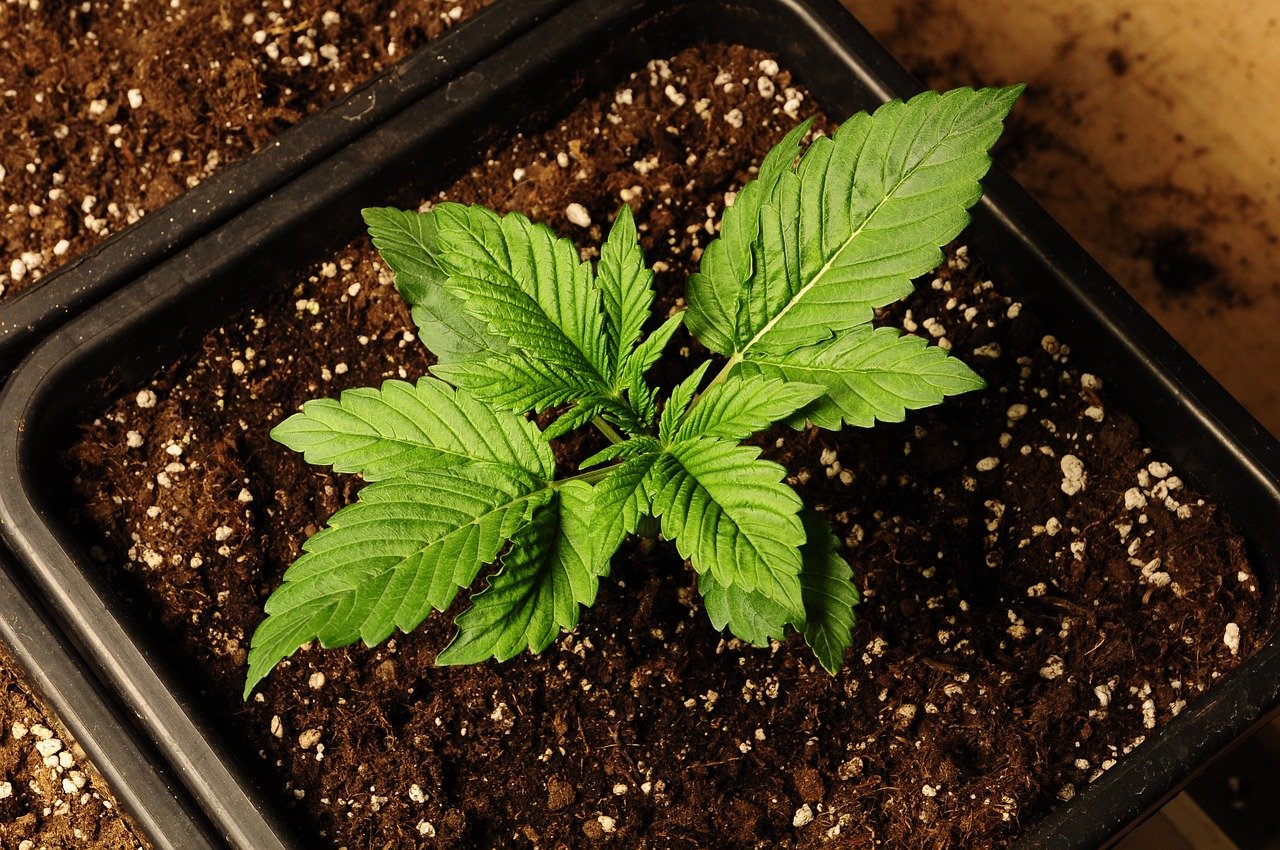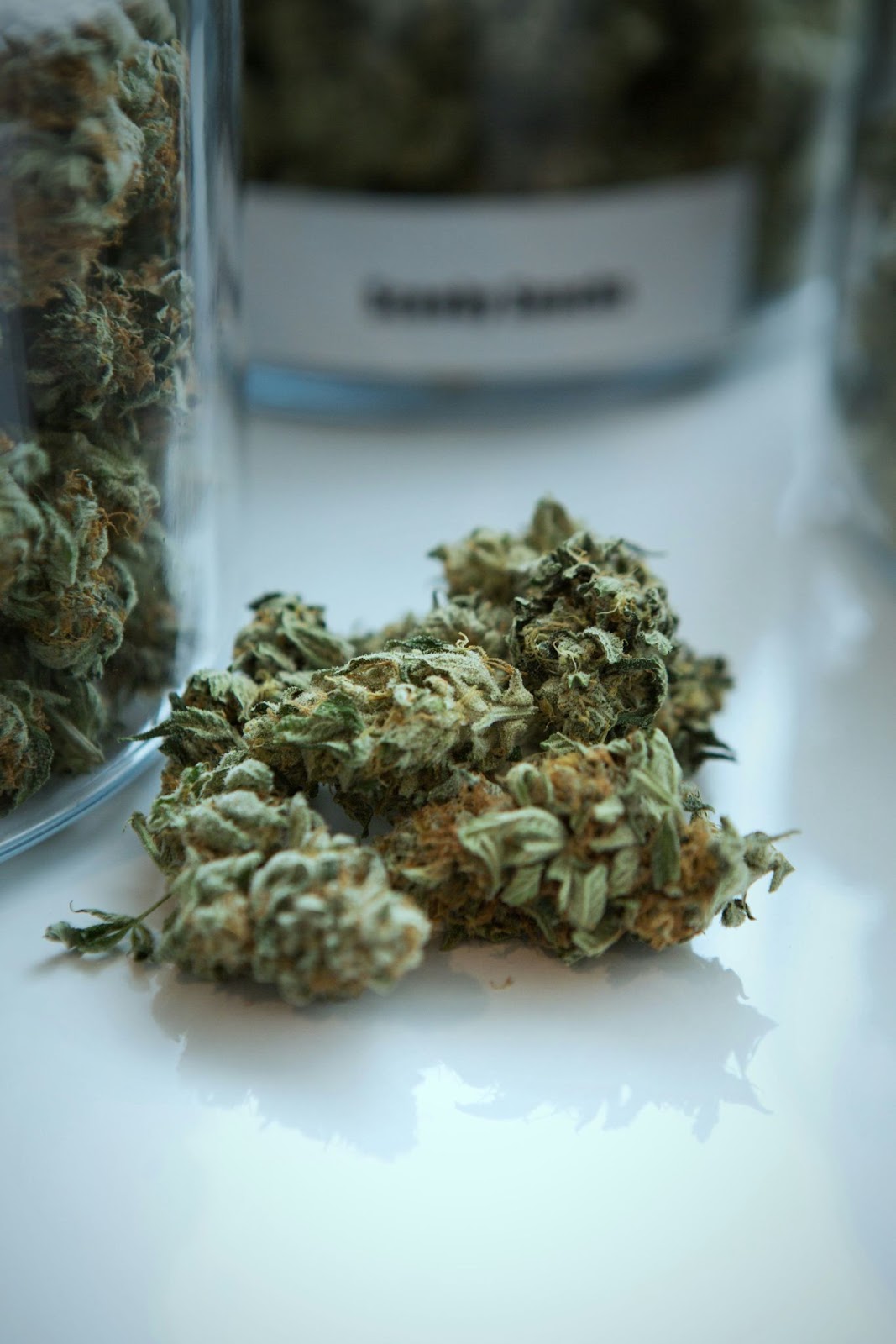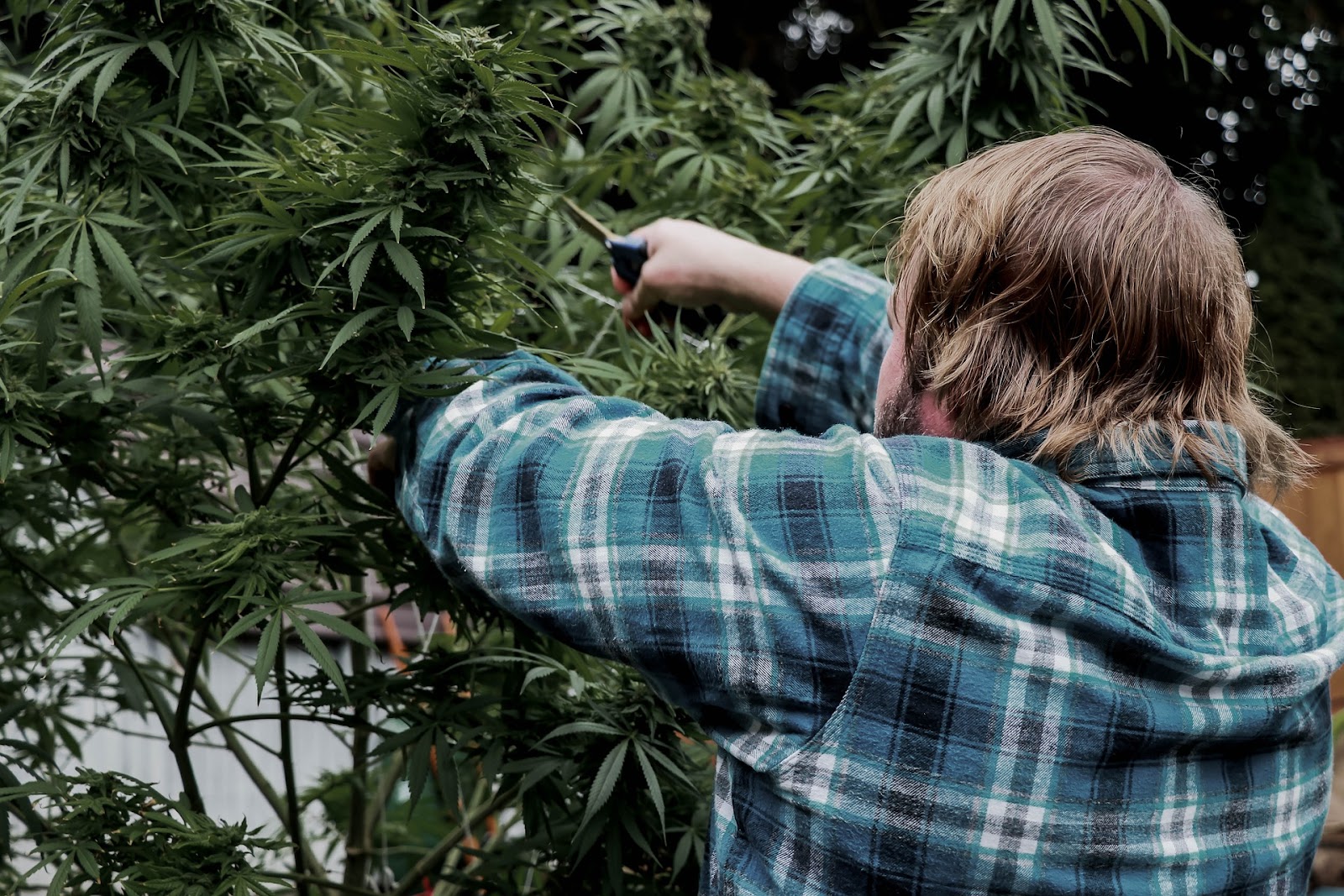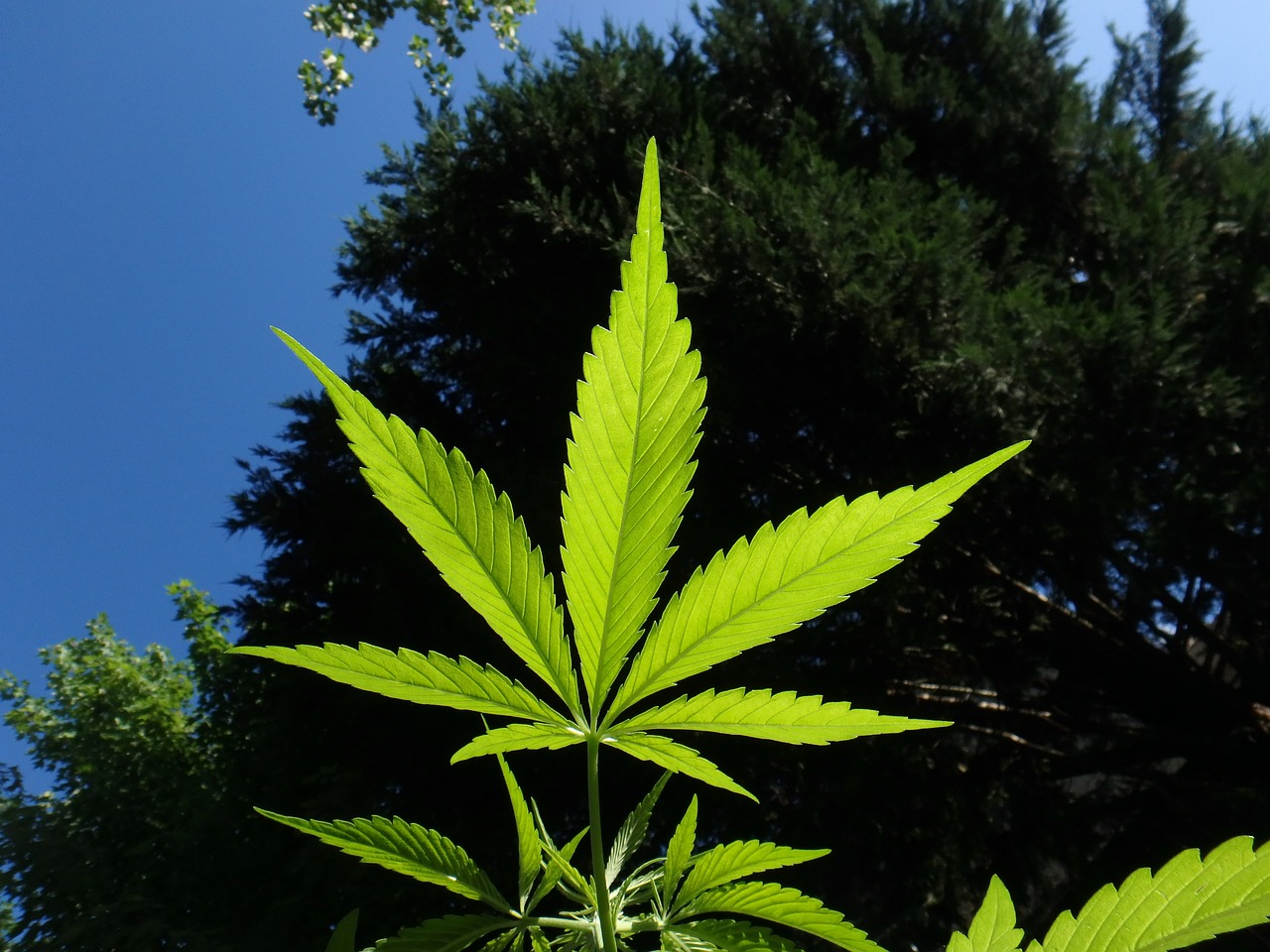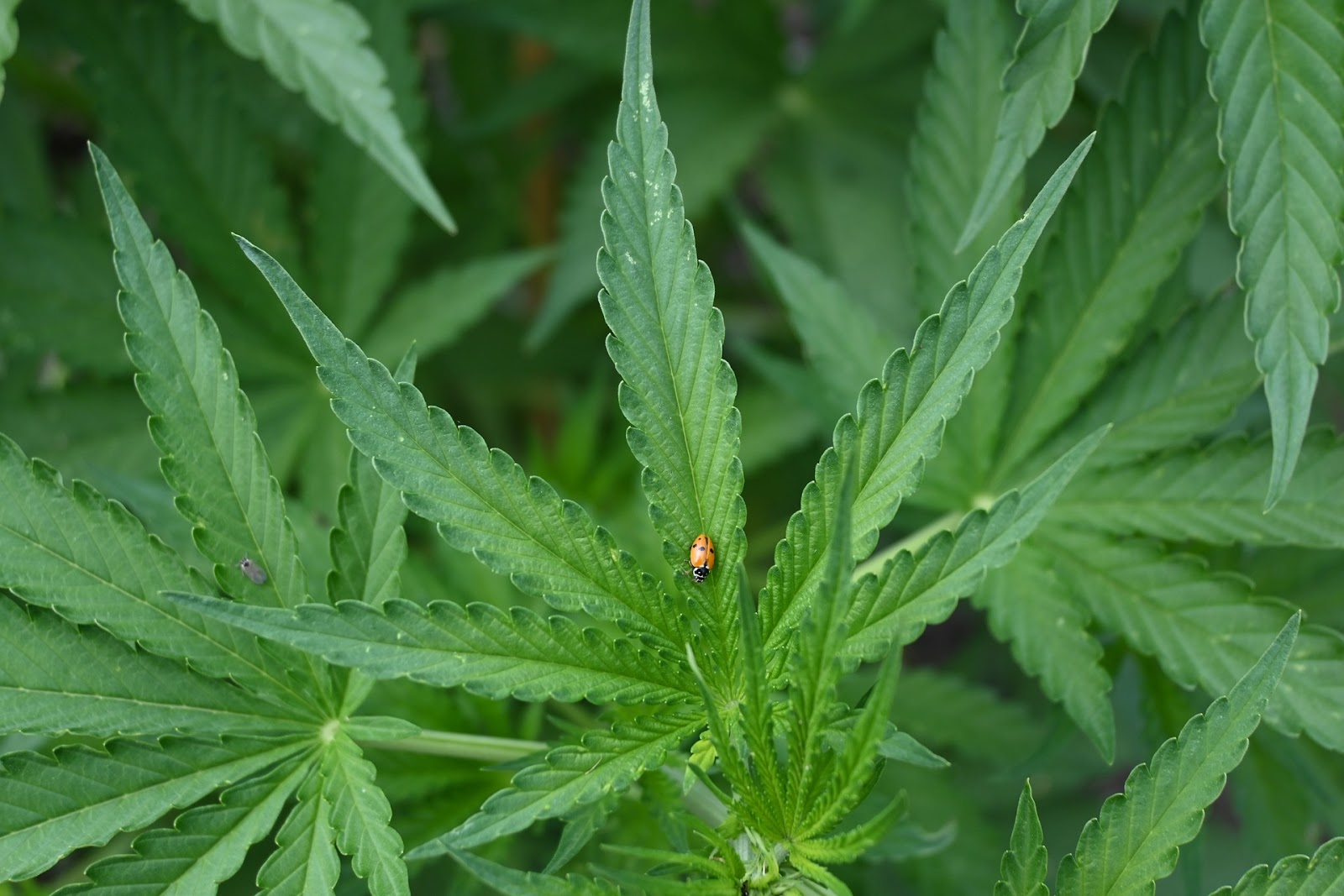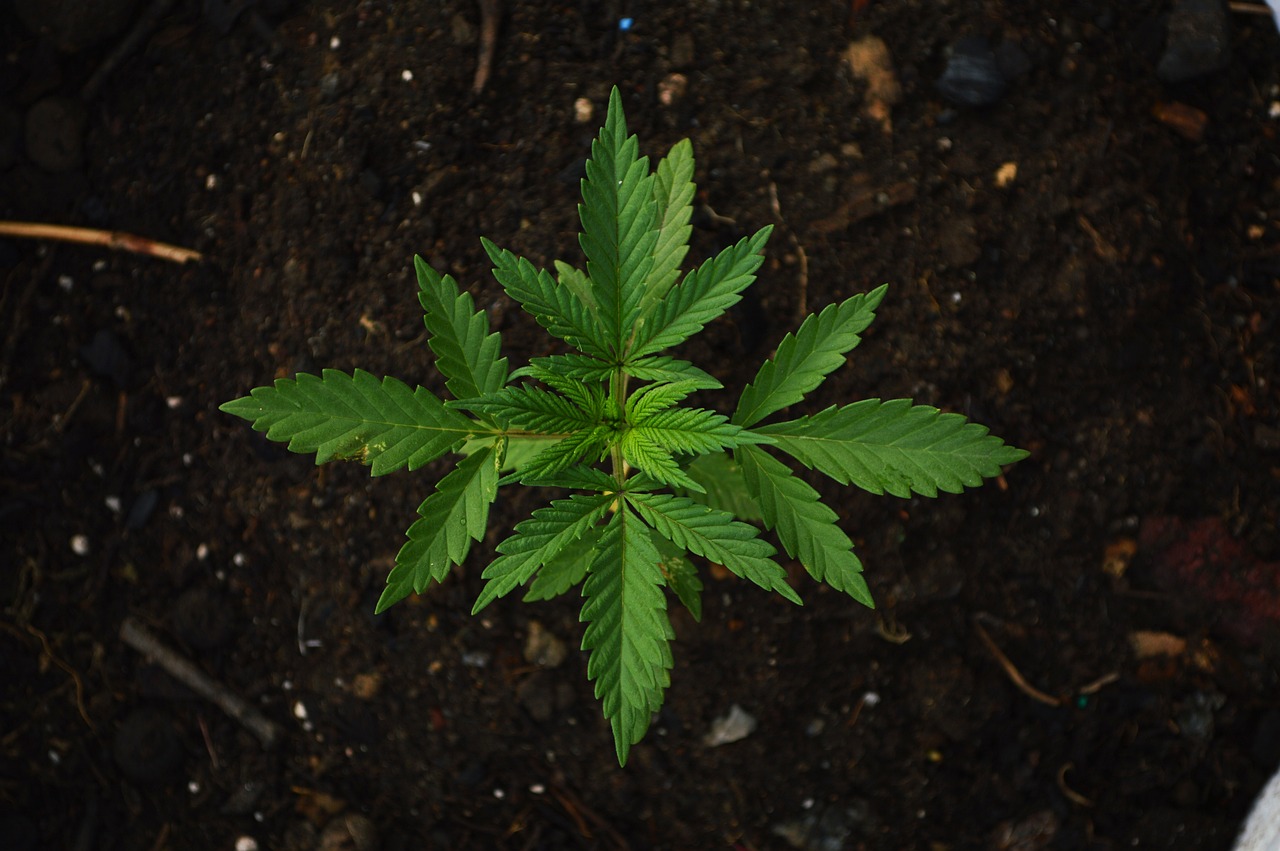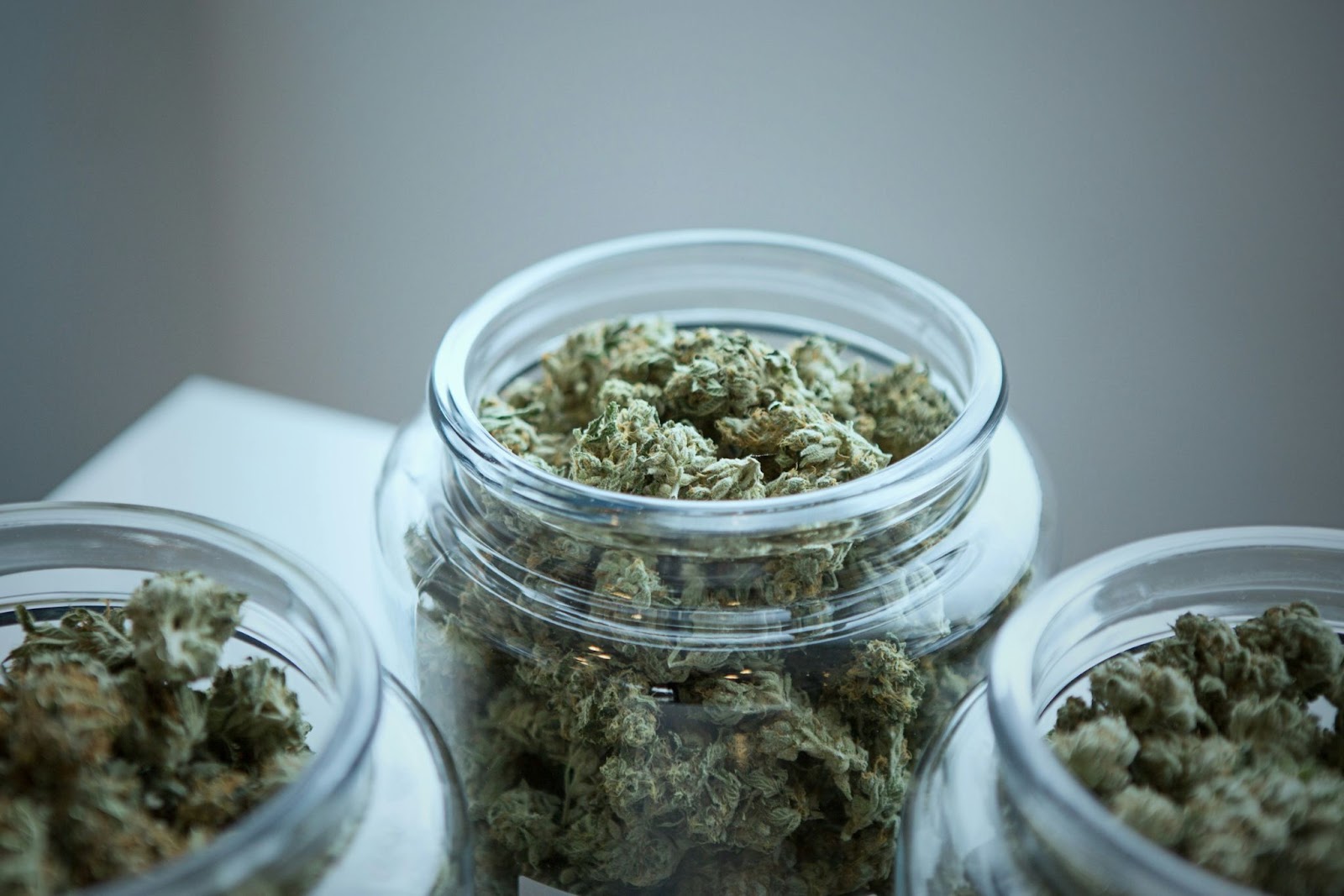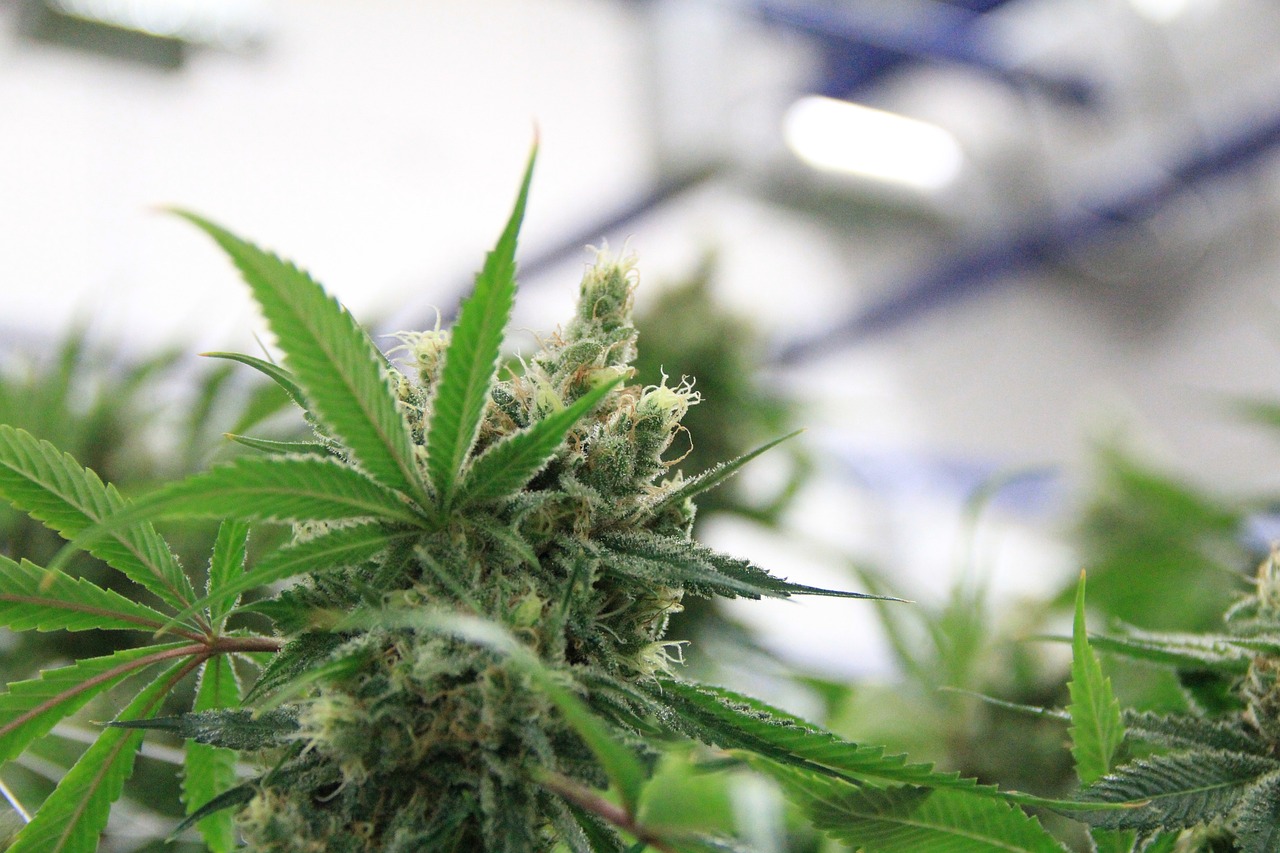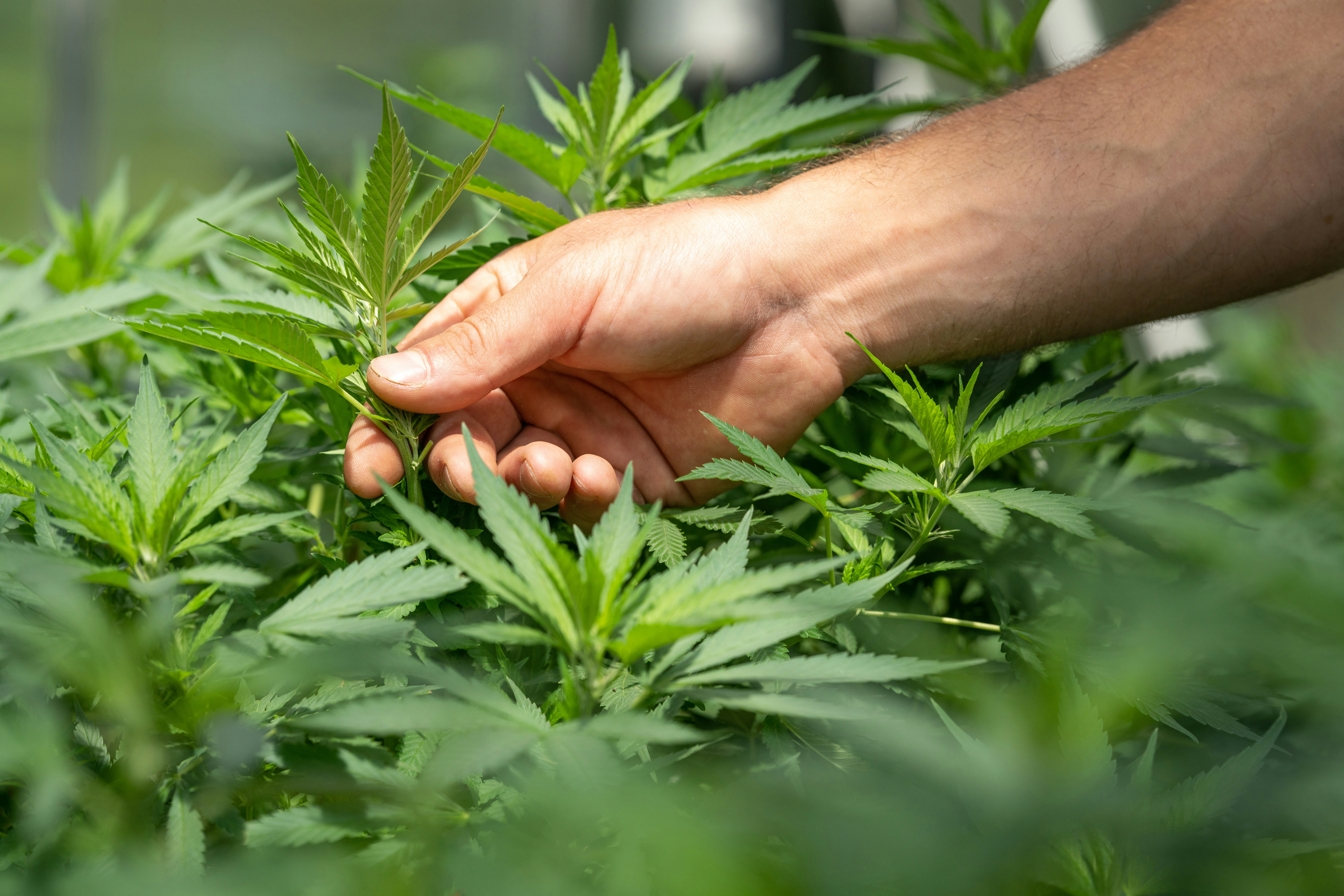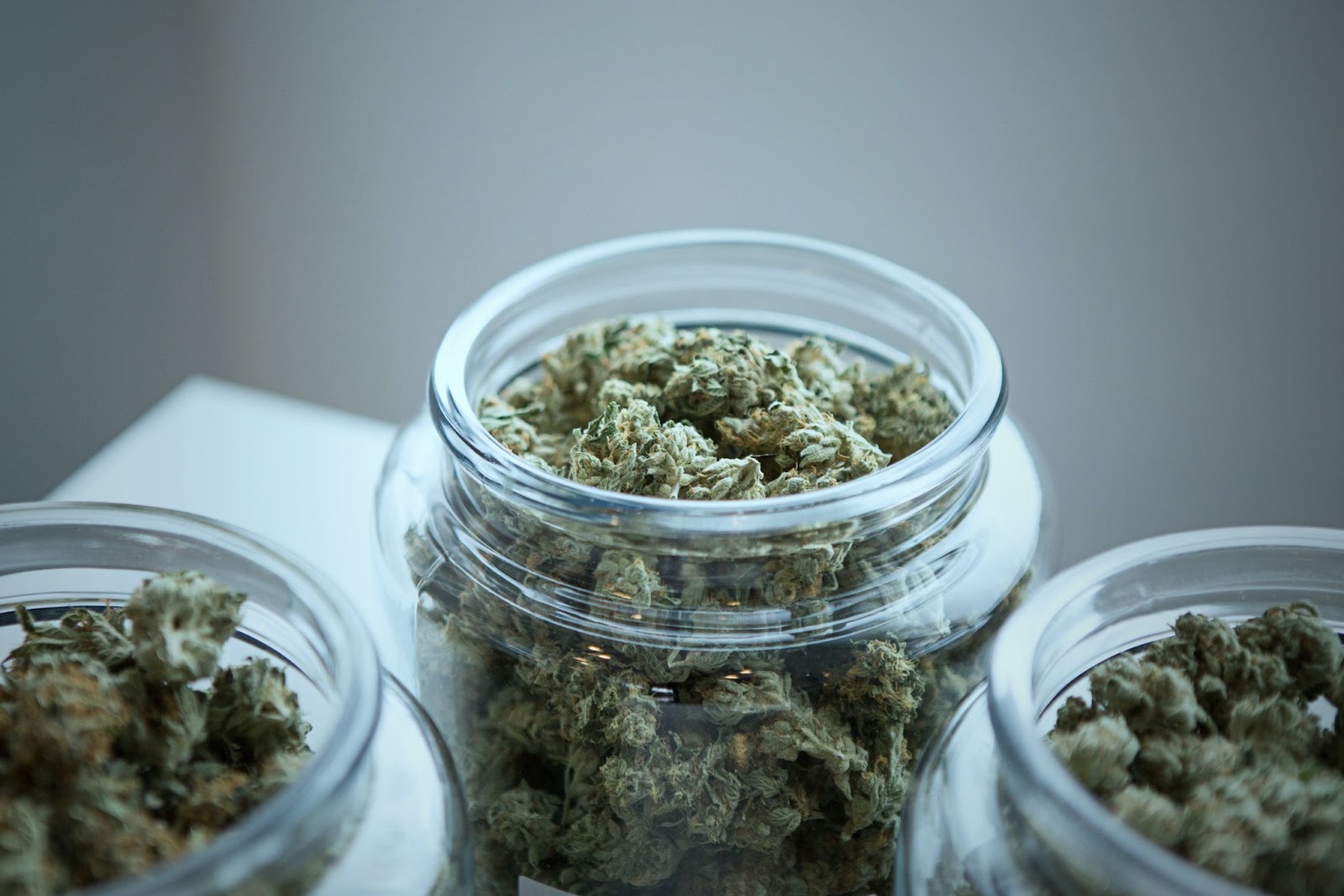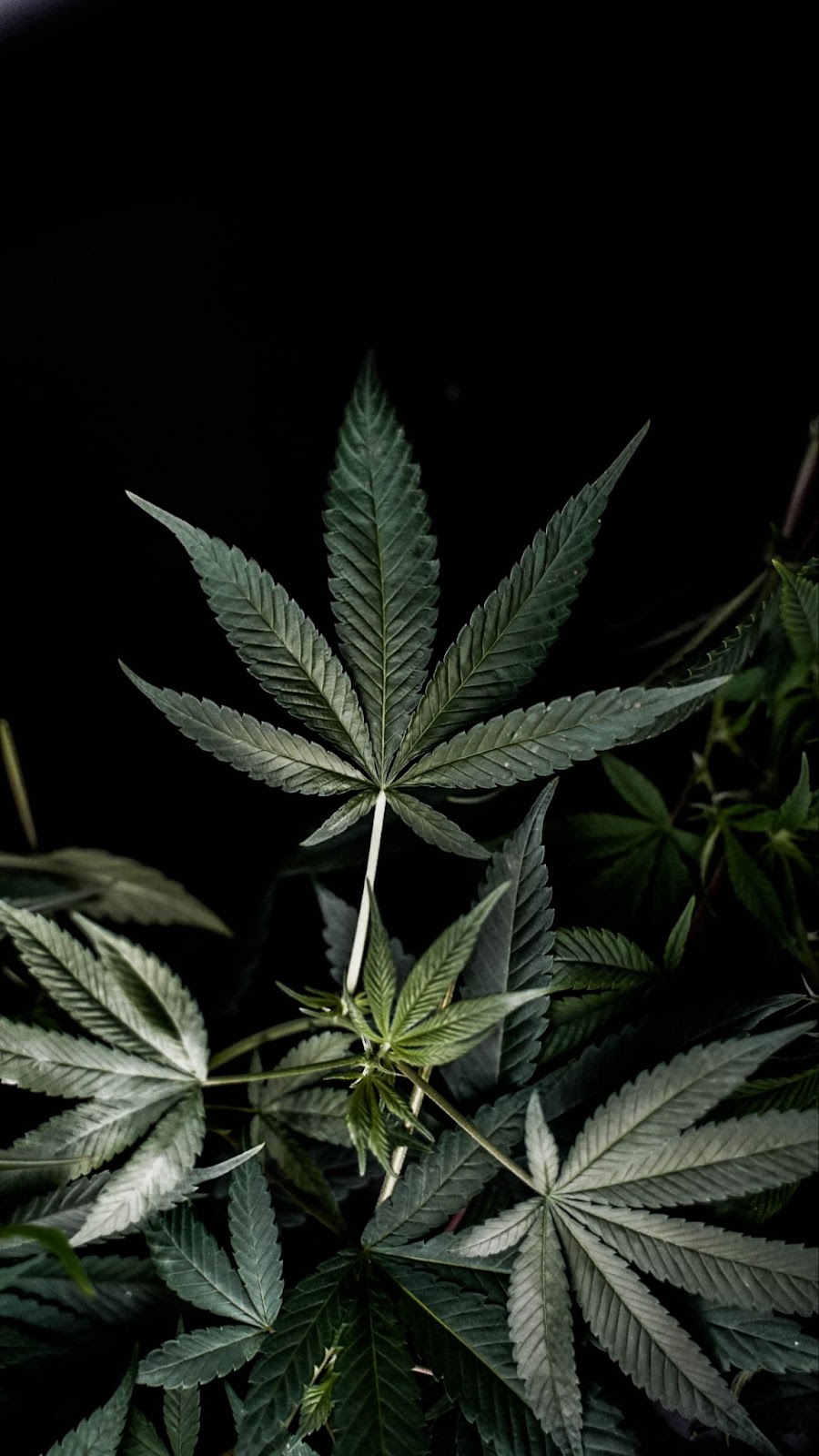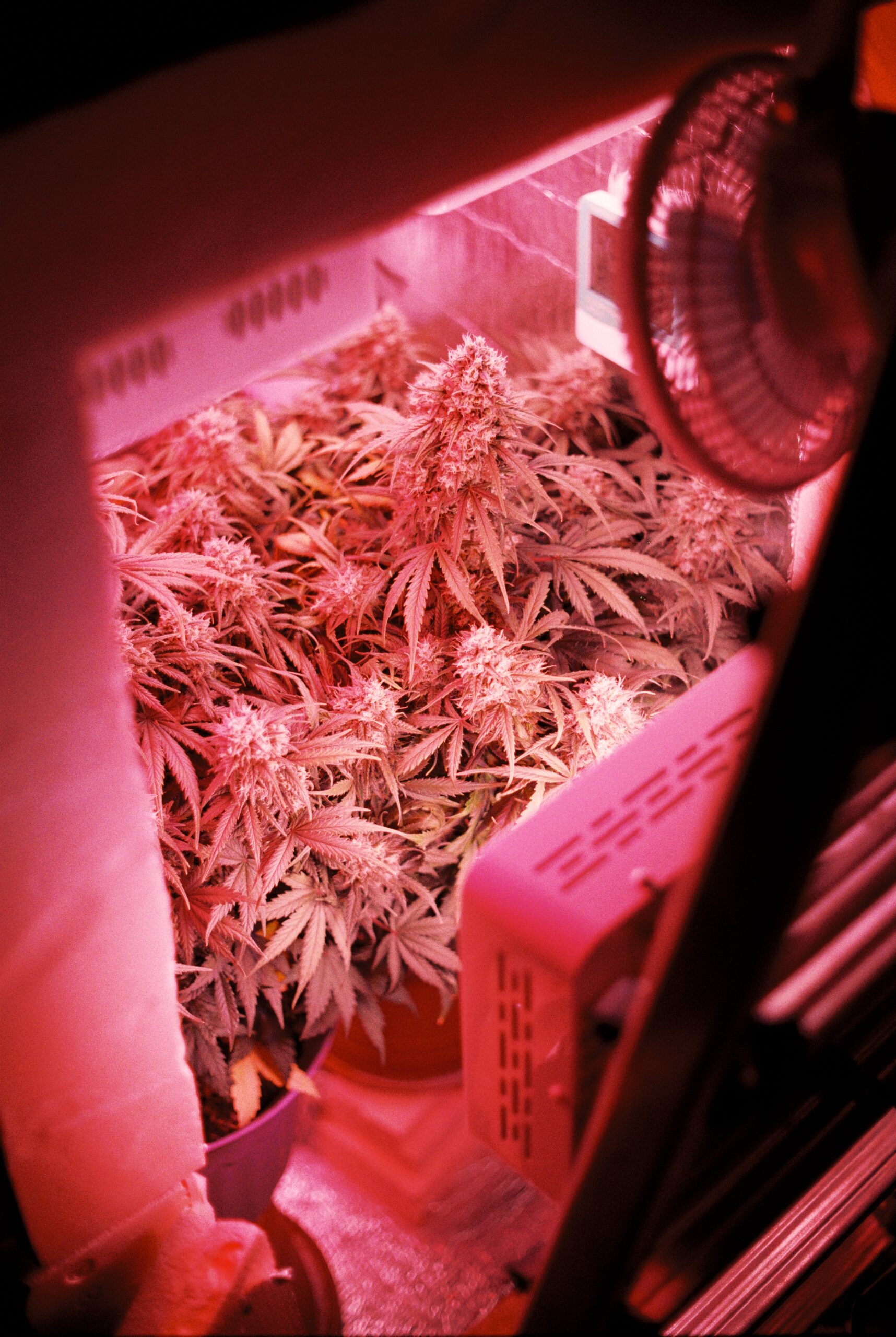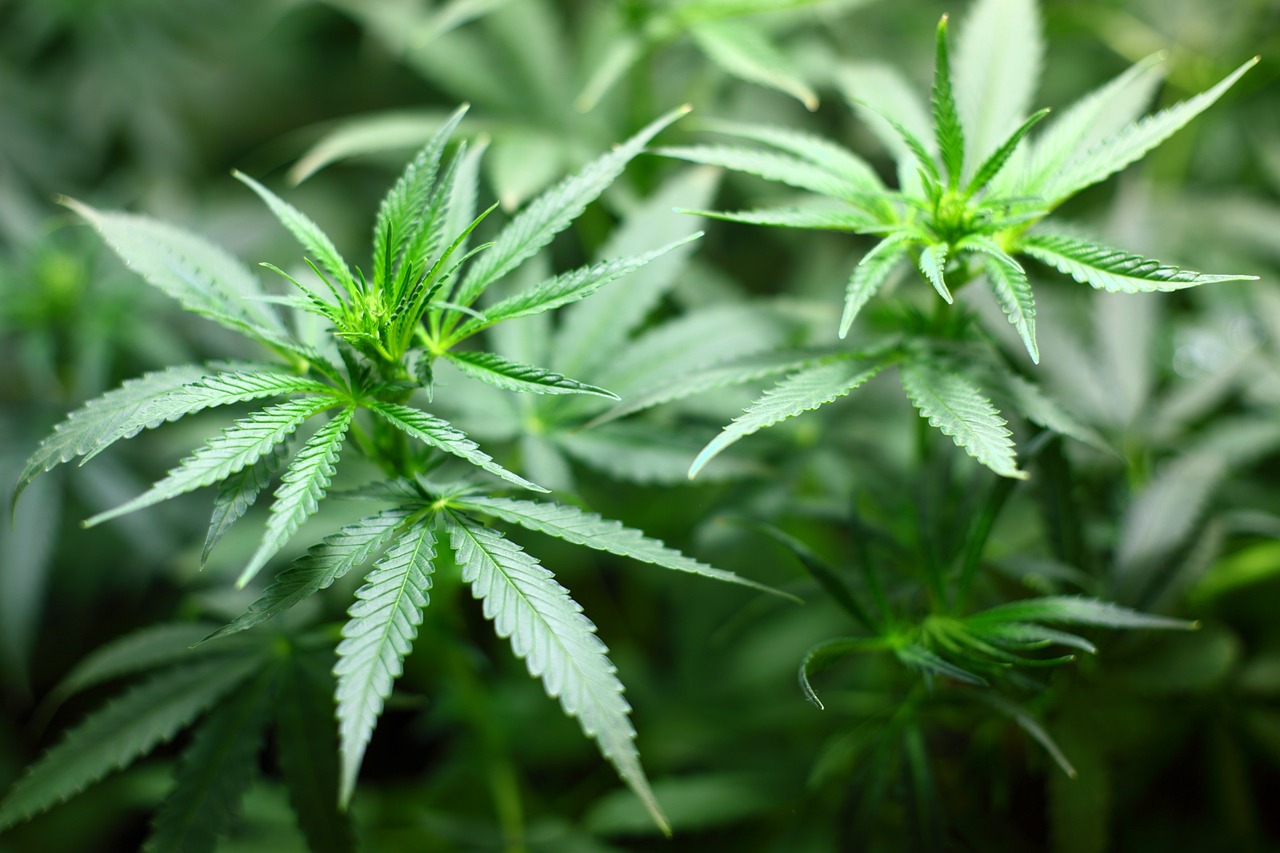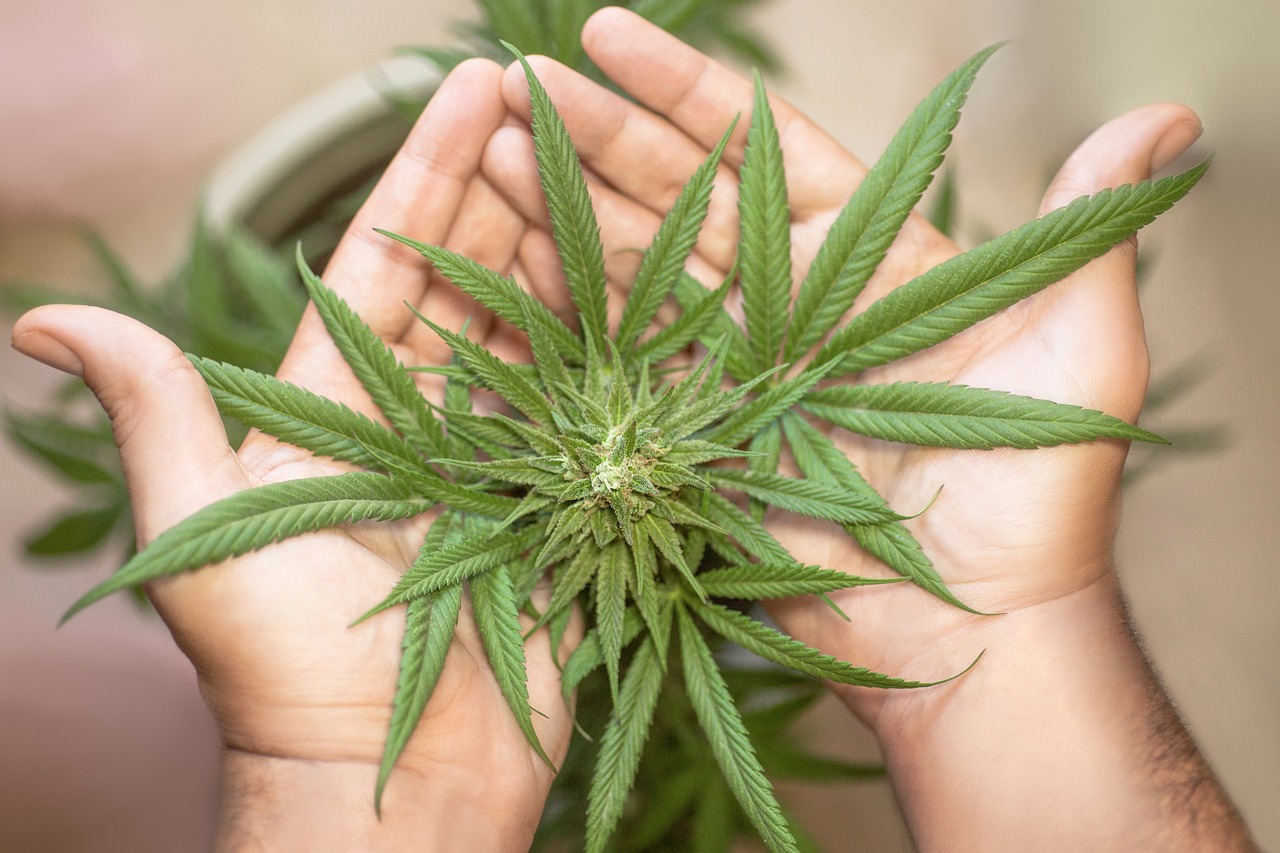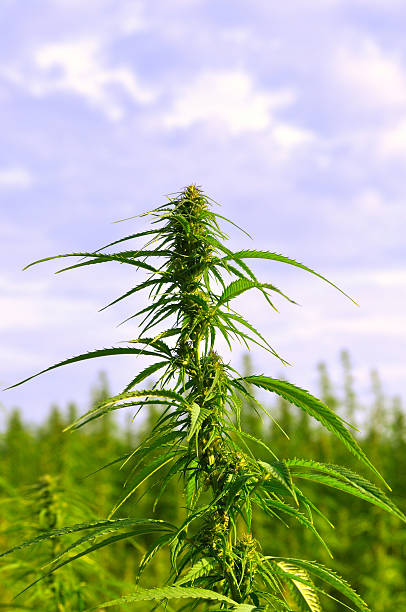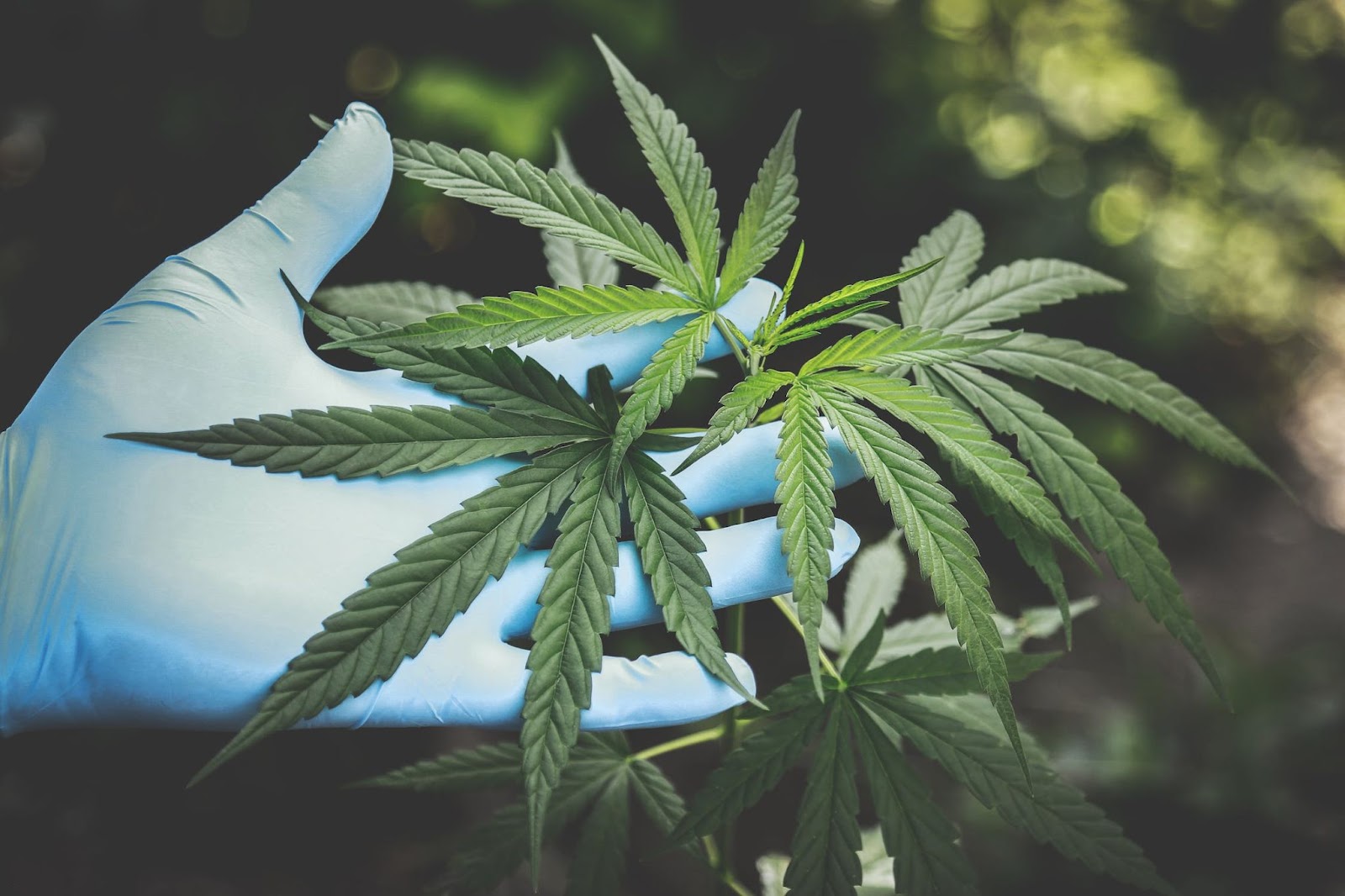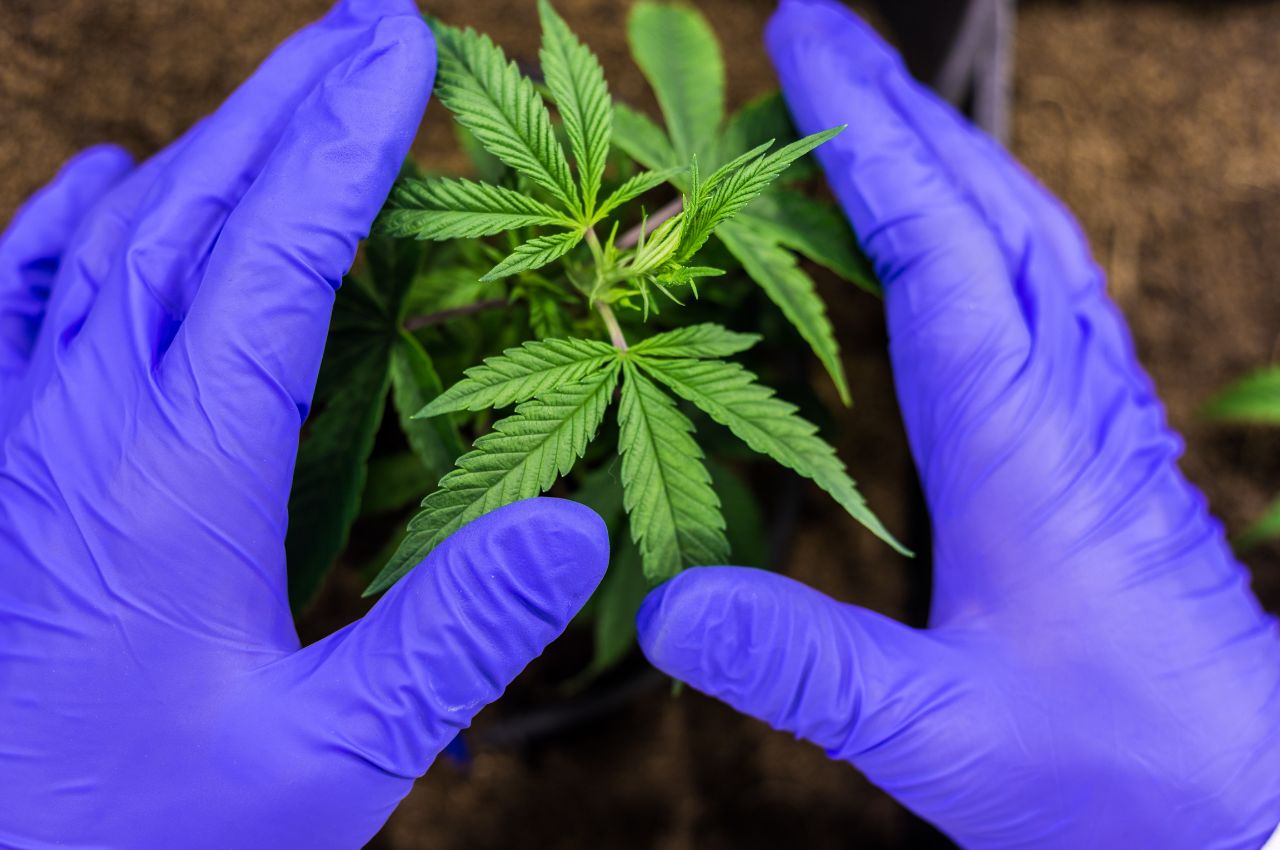Brittany questioned what was causing her intense stomach pain as she rode in an ambulance one late night in February. Though doctors ran tests and ordered scans, they could not find the source of her relentless nausea and vomiting. It became so bad that she thought it might be a recurrence of pancreatitis, a condition for which she had once been hospitalized and put on life support.
While awaiting answers, Britany took note of an educational pamphlet on cannabinoid hyperemesis syndrome (CHS), which is a little-known illness which is characterized by the onset of intense vomiting. She wondered if her gastric distress may have been caused by the marijuana she regularly and legally smoked at her home in Toronto.
After discussing this with her doctor, they confirmed that Brittany’s years of cannabis use had manifested in CHS. She felt not just bouts of anger, but isolation, as well as guilt over the idea that she had ruined her body.
“I basically spent that week laying in bed and just sipping slowly on water or sipping slowly on my Pedialyte, trying to get as much electrolytes and nutrition as I could,” Brittany, now 27, recalled.
Doctors say CHS is rare, but its frequency may be growing. There’s no cure for this syndrome, and the only certain treatment is abstinence from marijuana.
Though cannabis has become more culturally acceptable and legal both in the U.S. and abroad, its usage is still a sensitive topic.
While the Biden administration considers the reclassification of marijuana as a less dangerous drug, and Congressional Democrats work to end the federal government’s prohibition, some doctors are warning that, while cannabis has its legitimate uses, it can also be misused, with debilitating consequences.
What is CHS?
Cannabinoid hyperemesis syndrome is an uncommon reaction to cannabis use. Along with frequent and severe vomiting, patients may experience difficulty eating and drinking, and only find some temporary relief in hot showers and baths.
Because research on CHS is limited, and because state health departments don’t collect data on its prevalence, it is unknown how common it is, claimed Mr. Michael Camilleri, a gastroenterologist at the Mayo Clinic. It’s also possible there are more cases than have been reported since not everyone with the illness will seek medical help or tell their doctor they use cannabis.
It is unclear if some people are more prone to the syndrome than others. Camilleri believes that men are more likely to develop it, as are people who have used marijuana frequently for many years.
Why is CHS on the rise?
While the condition remains unfamiliar to some medical professionals, and the number of diagnoses is relatively low, the prevalence of CHS in emergency departments doubled between 2017 and 2021 in North America, according to a paper authored by Camilleri and his colleagues in the Journal of Gastroenterology. Experts also say they have seen an increase.
When Dr. Deepa Camenga began her career 20 years ago, she rarely saw pediatric patients with CHS. Today, hospitals in her area of New Haven, Connecticut, see pediatric CHS cases nearly every day.
Camenga, who is the associate director of pediatric programs at the Yale Program in Addiction Medicine at the Yale School of Medicine, partially attributes this to the rise in the availability of marijuana, largely through vaping.
“No kid could use continuously throughout the day and also be doing anything else, because they would have been smoking a joint before,” she said.
With the advent of discreet delivery services, “you can be out, you can be in public, you can be in school, you can be at your job” and oftentimes vape without much notice, Camenga said.
What do experts know?
Cannabis can induce and subdue vomiting, which is something doctors don’t fully understand. Medicinal marijuana has been prescribed for nausea and appetite loss for people with cancer and HIV/AIDS, and the Food and Drug Administration has approved drugs with synthetic THC for use in chemotherapy.
Experts are not clear on what causes CHS, or why some people develop it while others don’t. Since being first identified in 2004 in Australia, researchers have studied the effects of cannabis on the vomiting centers of the brain.
“There is evidence that if you send a message to the brain that competes with the message that’s causing the nausea, vomiting, that you can suppress it,” Camilleri stated.
Severe and uncontrollable vomiting increases the risk of dehydration and electrolyte imbalances. In some rare cases, Camenga said patients can even experience esophageal tears.
Typical antiemetics, such as ondansetron (Zofran), have often been found to be ineffective at suppressing nausea caused by CHS. There are some drugs that do help, however, such as amitriptyline.
What are the other impacts of cannabis?
Cannabis can be addictive, and people who stop suddenly can experience symptoms not unlike opioid or alcohol withdrawal, said Dr. Deepak Cyril D’Souza, director of the Yale Center for the Science of Cannabis and Cannabinoids. Symptoms of withdrawal can include disrupted sleep, increased heart rate, sweating, and mood swings, according to the Centers for Disease Control.
With cannabis use disorder having spiked in the last 40 to 50 years, some studies suggest between 20 and 30 percent of marijuana users meet the criteria for the disorder.
“We don’t have any treatment for Cannabis Use Disorder. Neither the psychological treatments nor the pharmacological treatments seem to be that effective,” D’Souza said.
While D’Souza doesn’t consider marijuana inherently problematic, he’s concerned production and sales will follow the footsteps of the tobacco and alcohol industries, which has worked to sway public opinion and legislation in their favor.
“Is it an accident that the tobacco industry is entering the fray in the cannabis industry? No, they’ve invested billions of dollars in that,” D’Souza stated. “The commercialization is what all of us should be concerned about.”











































